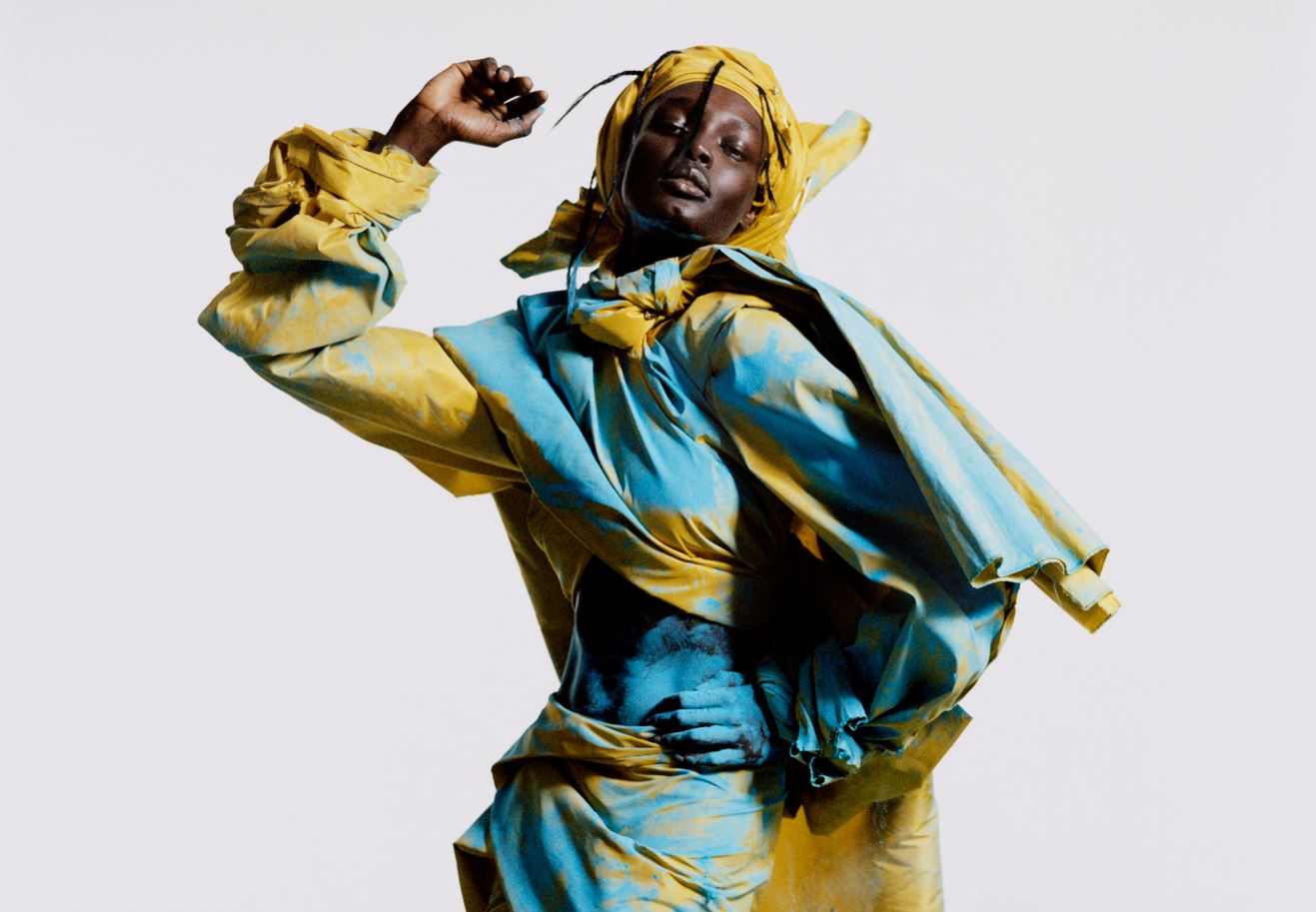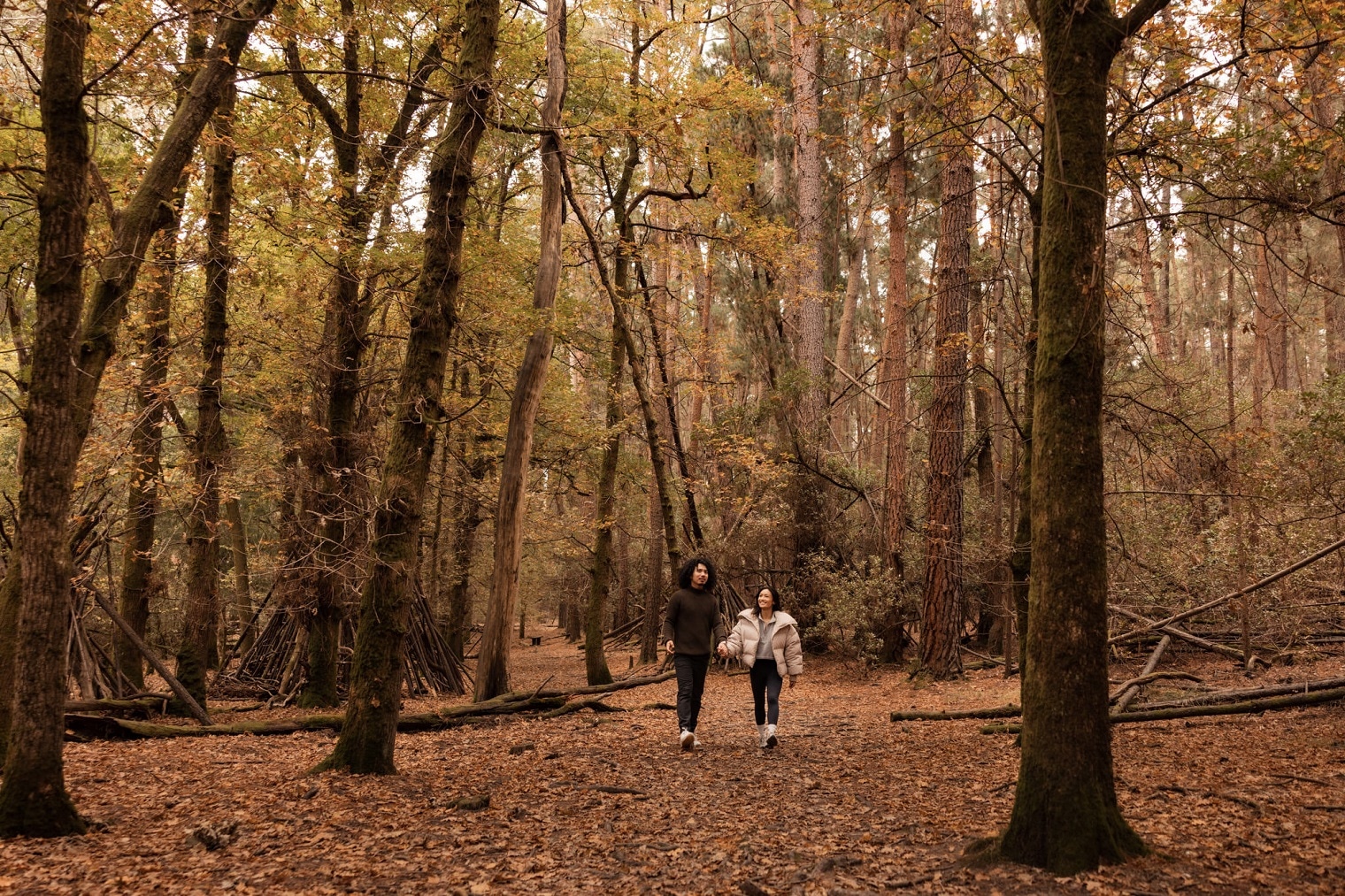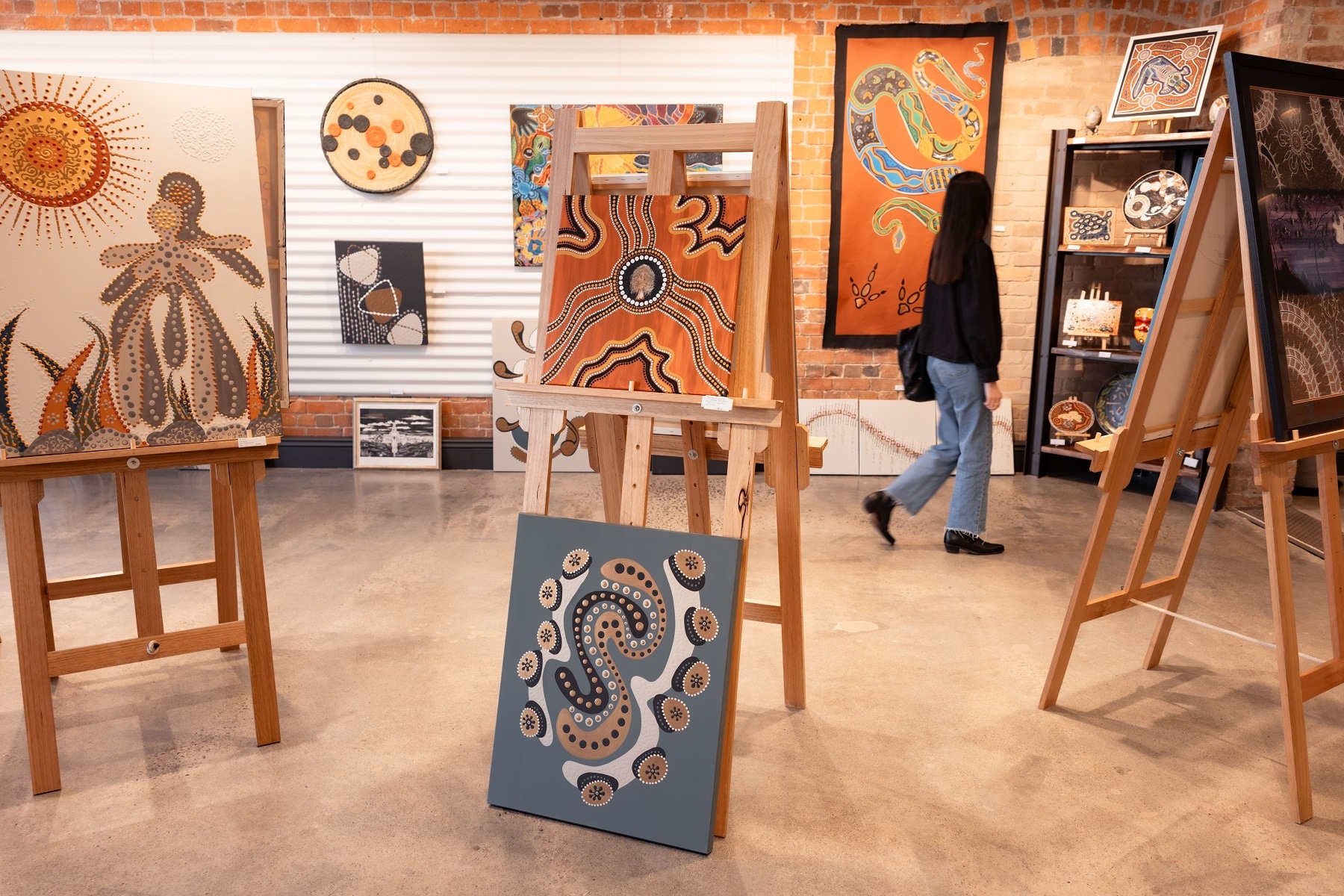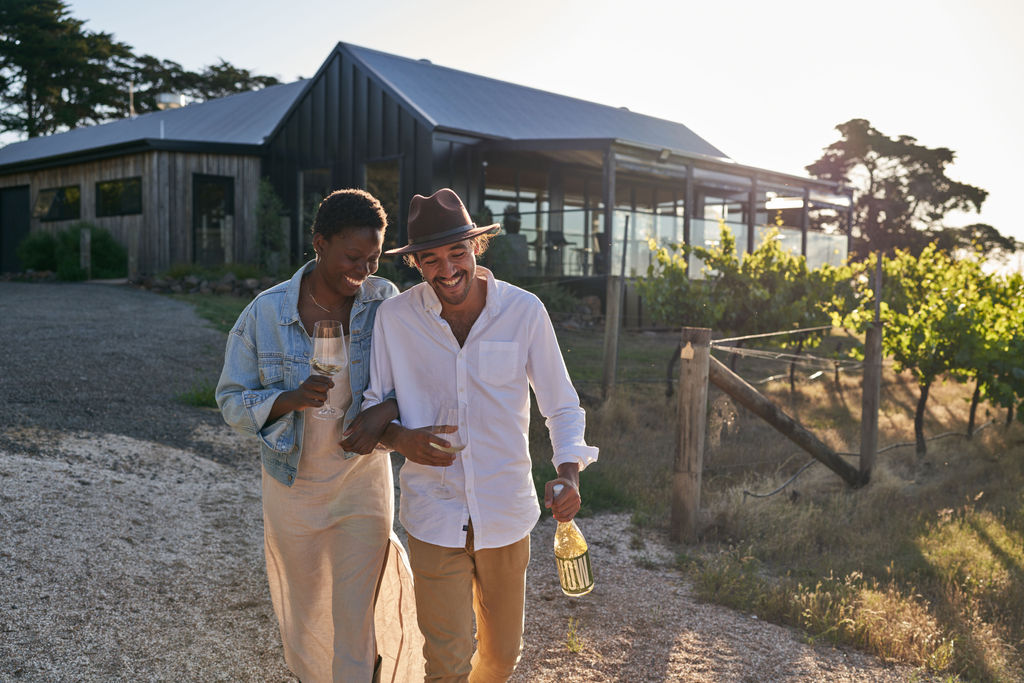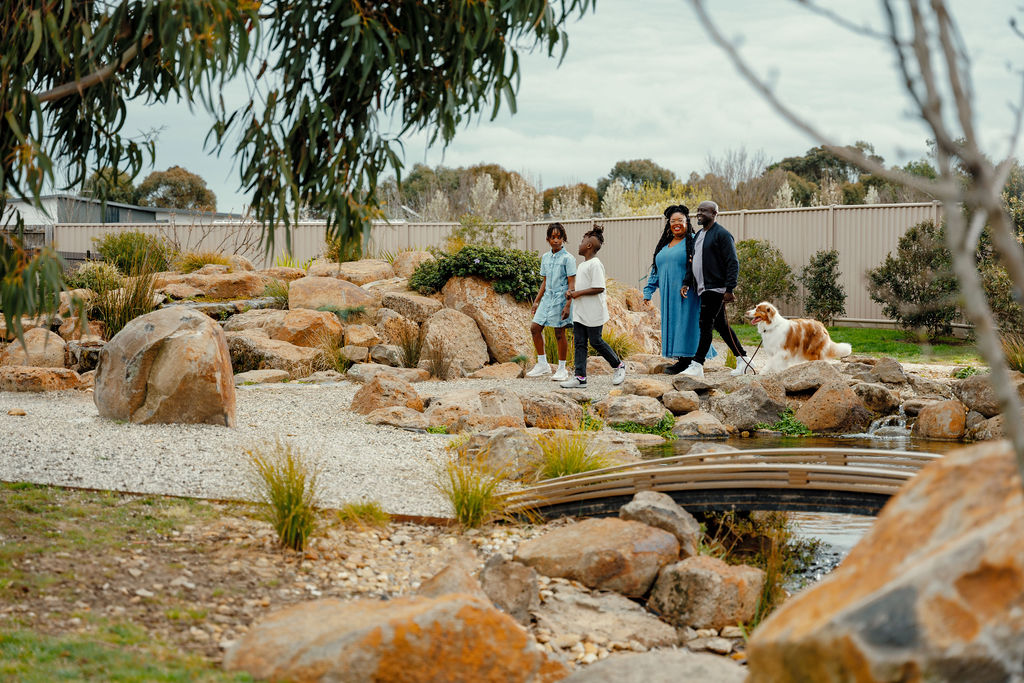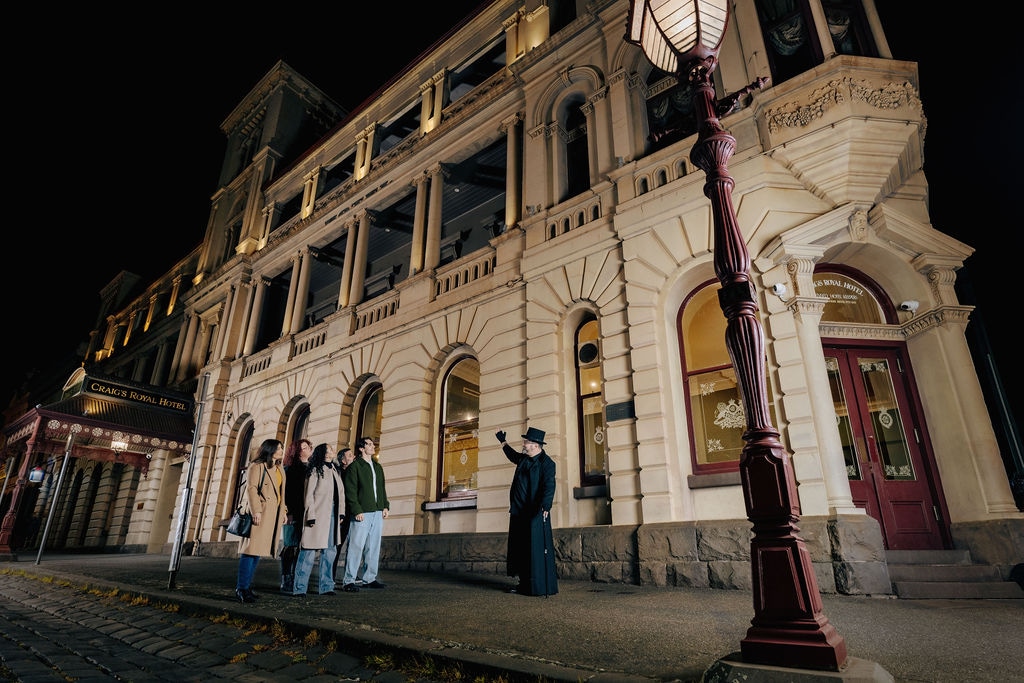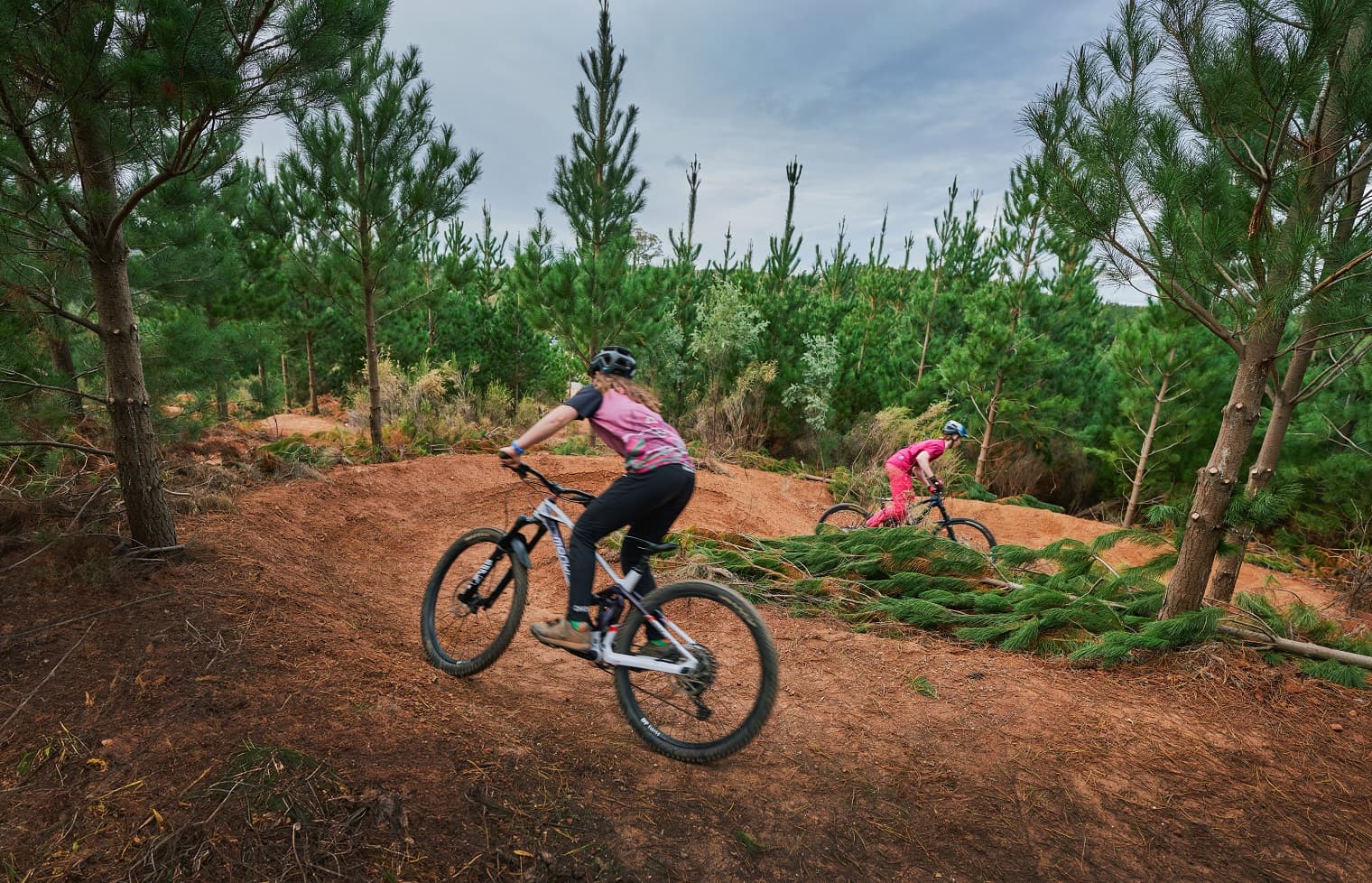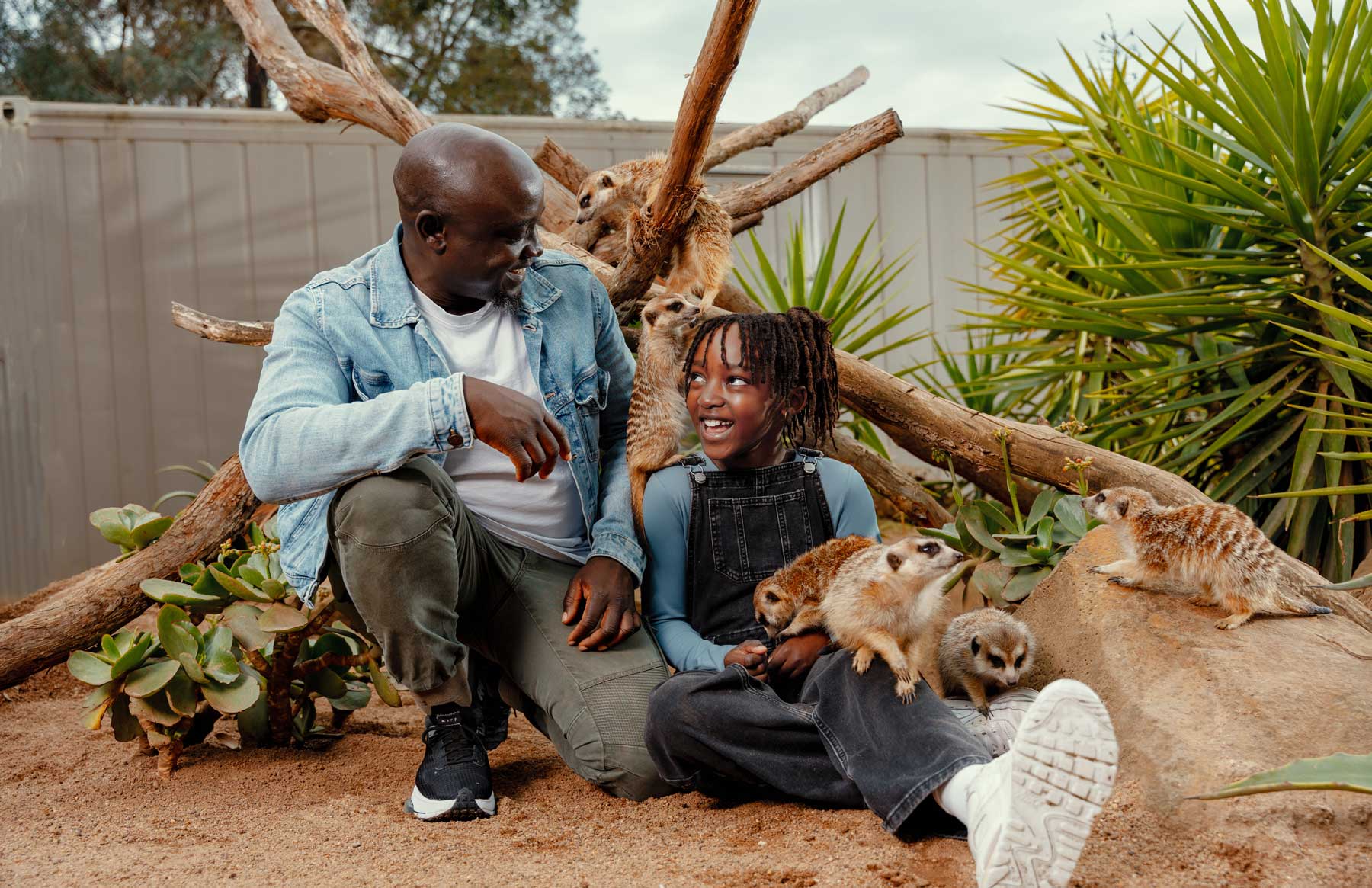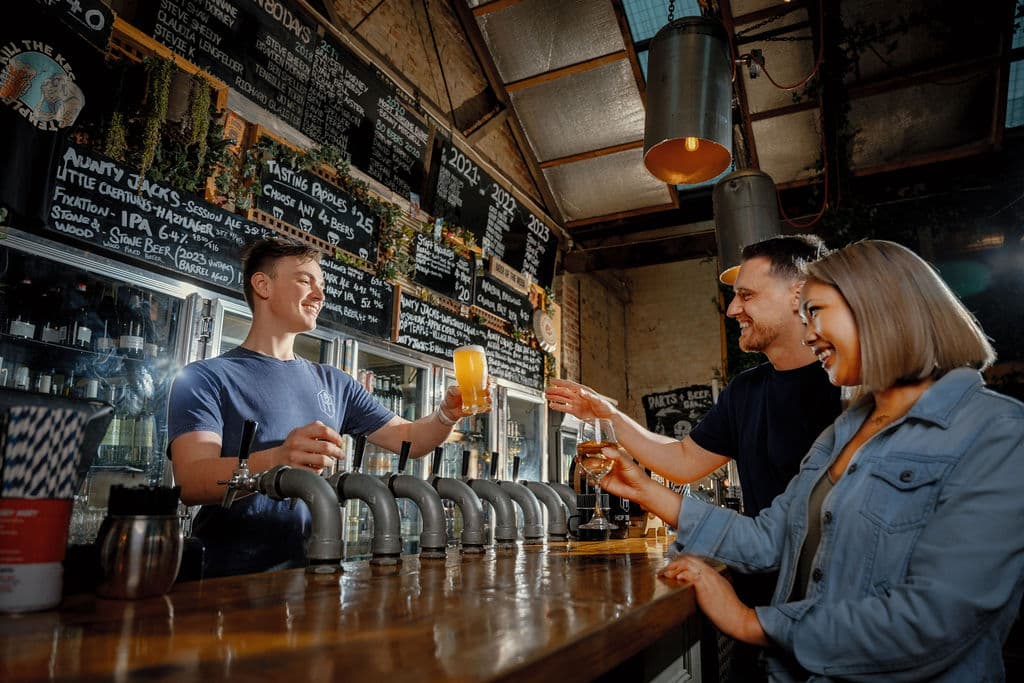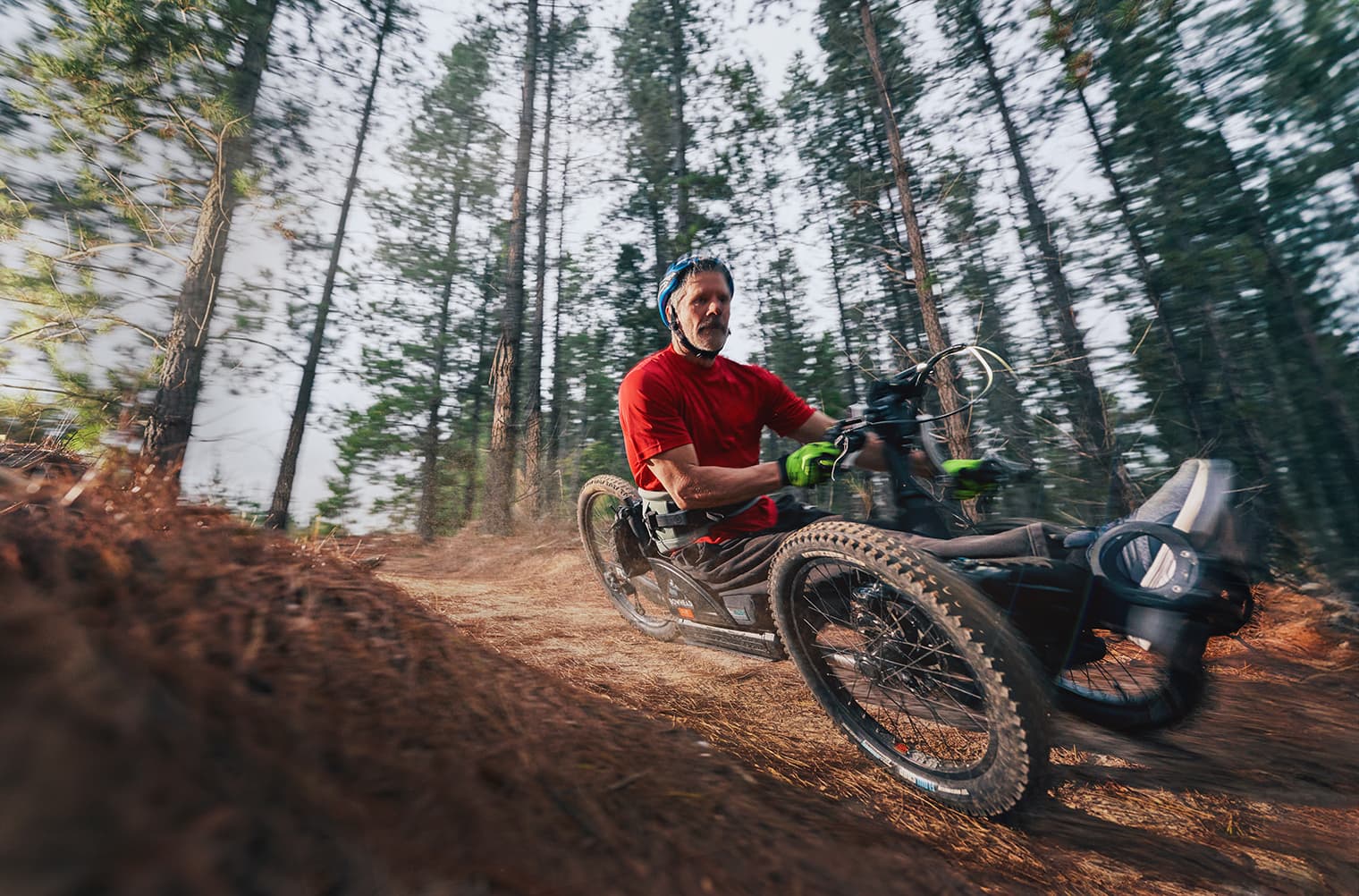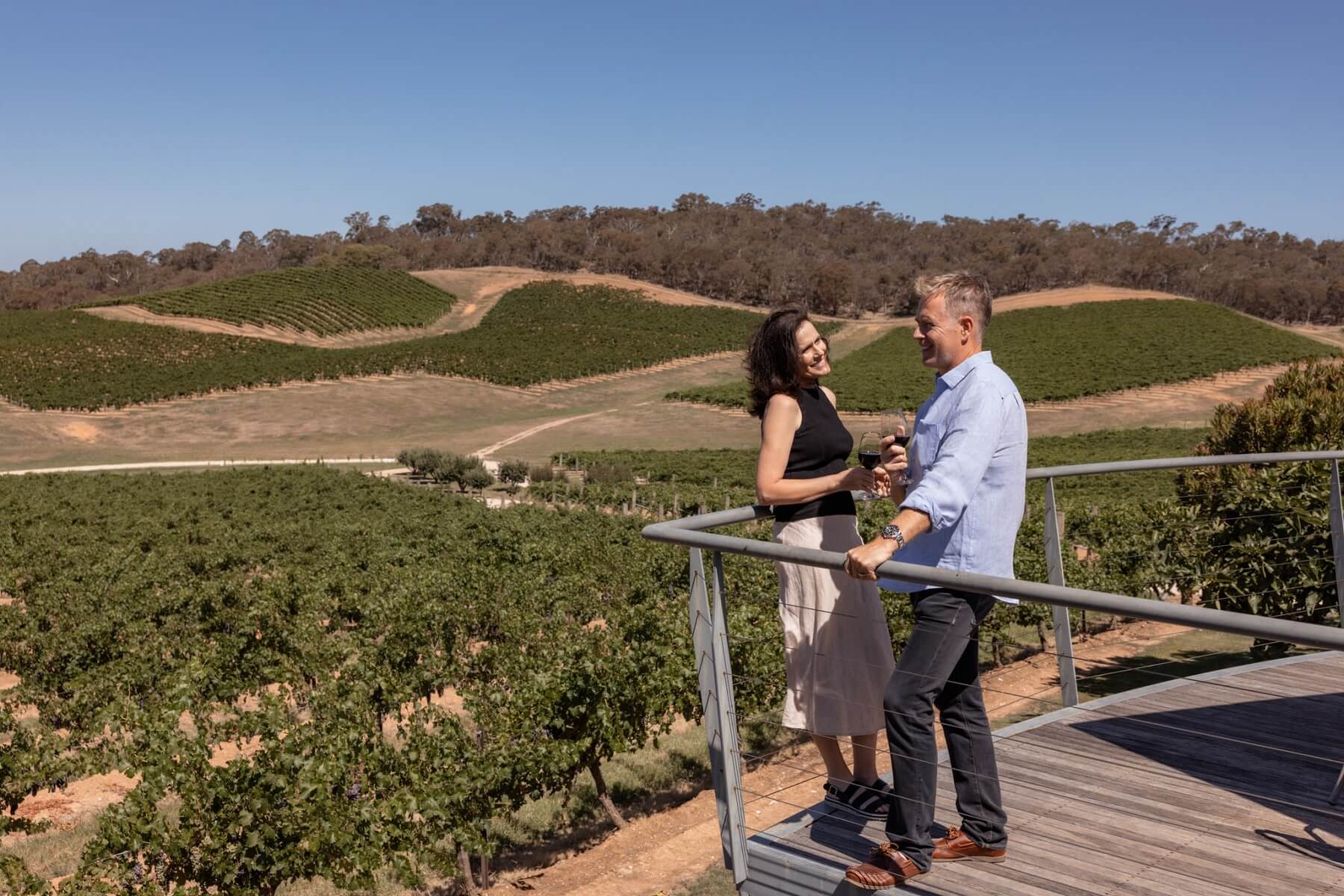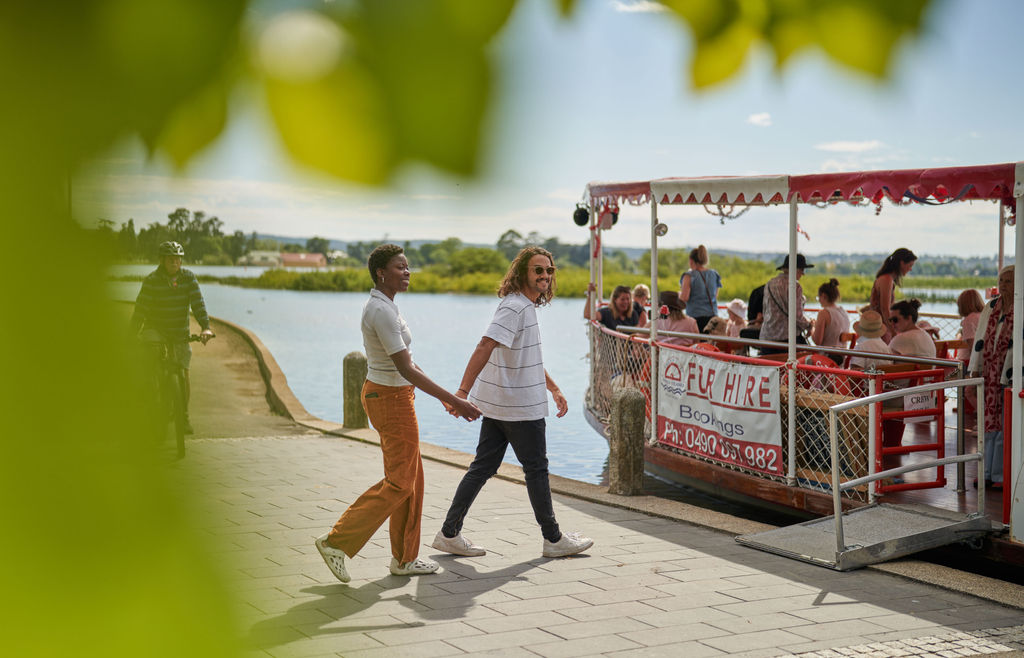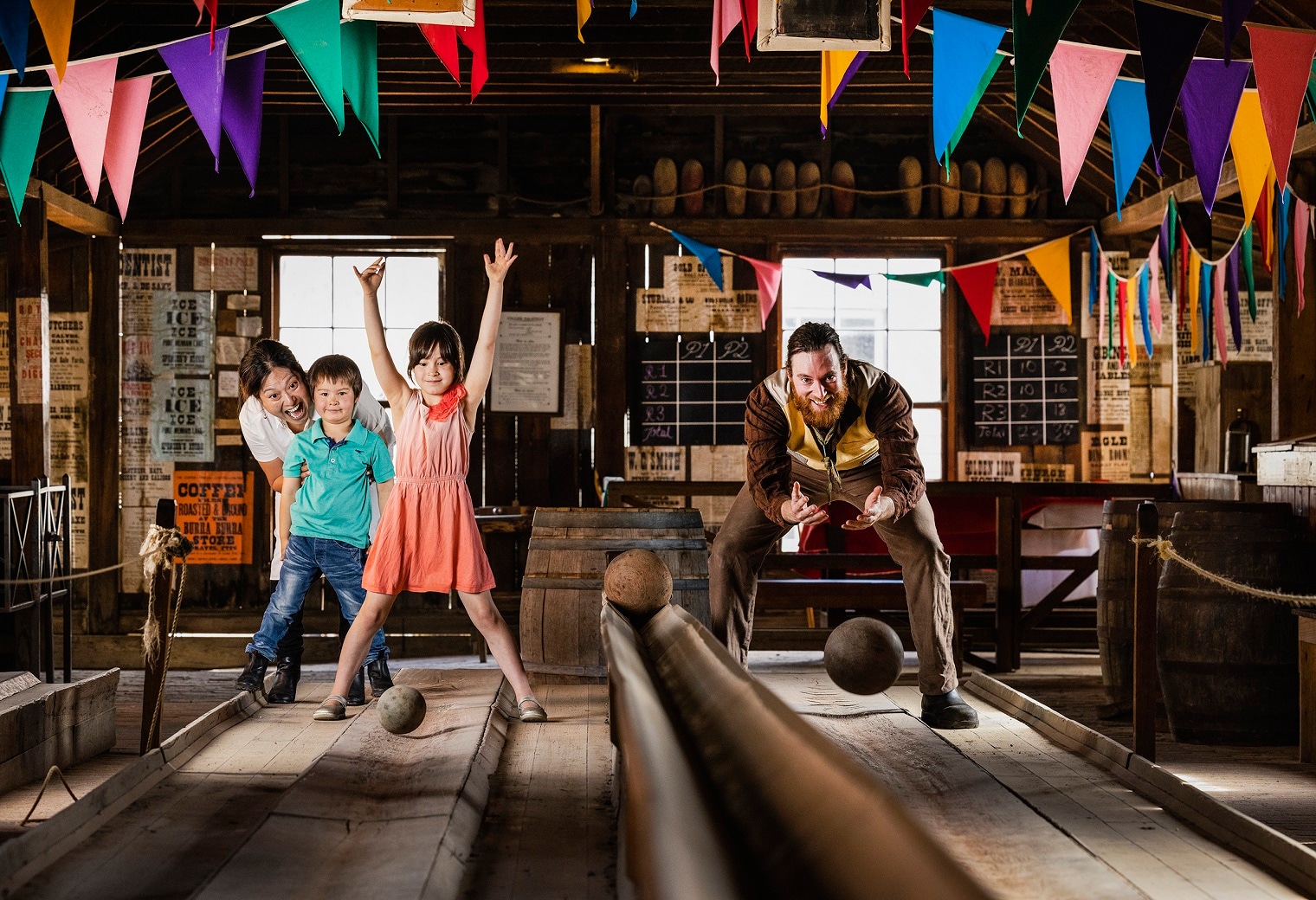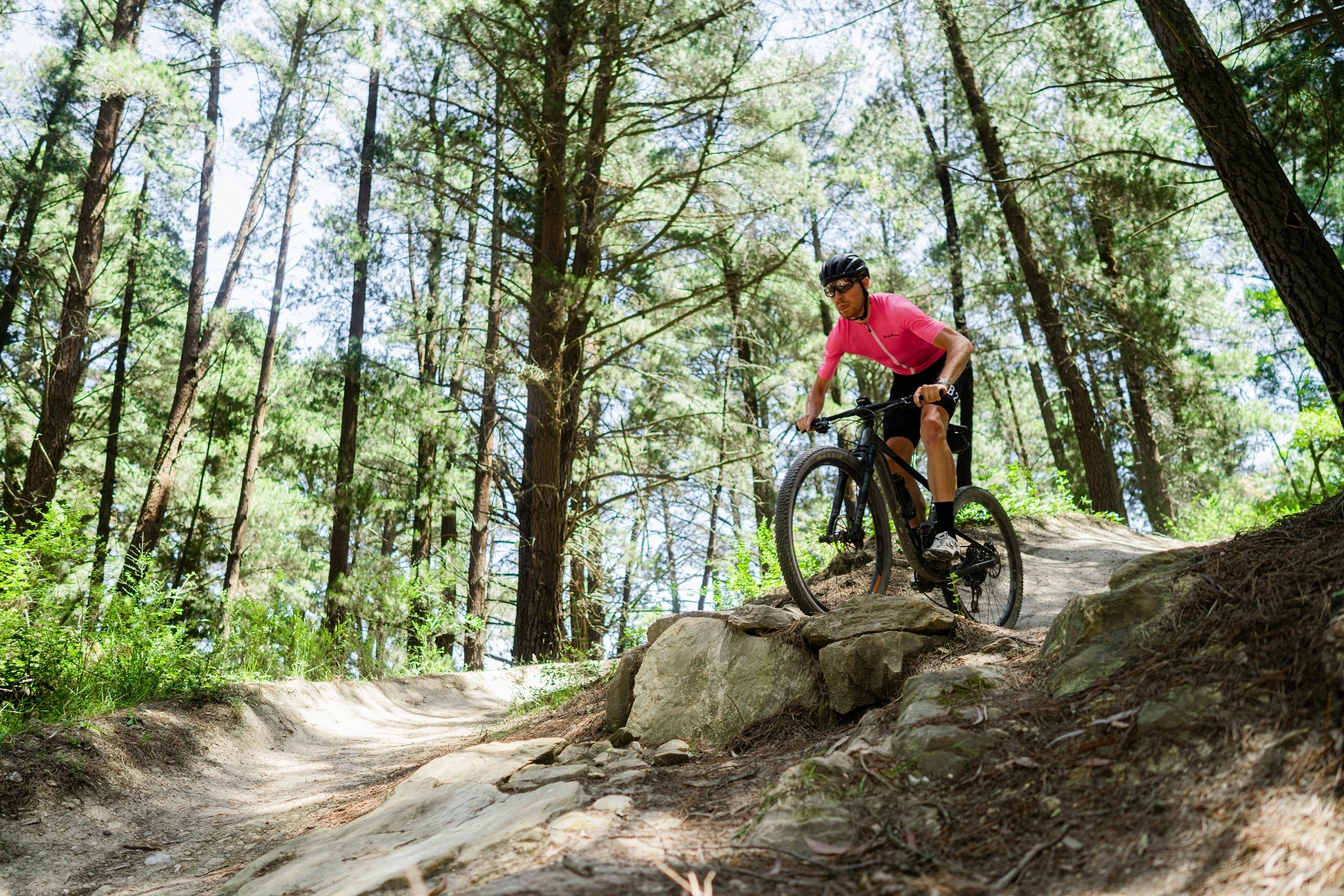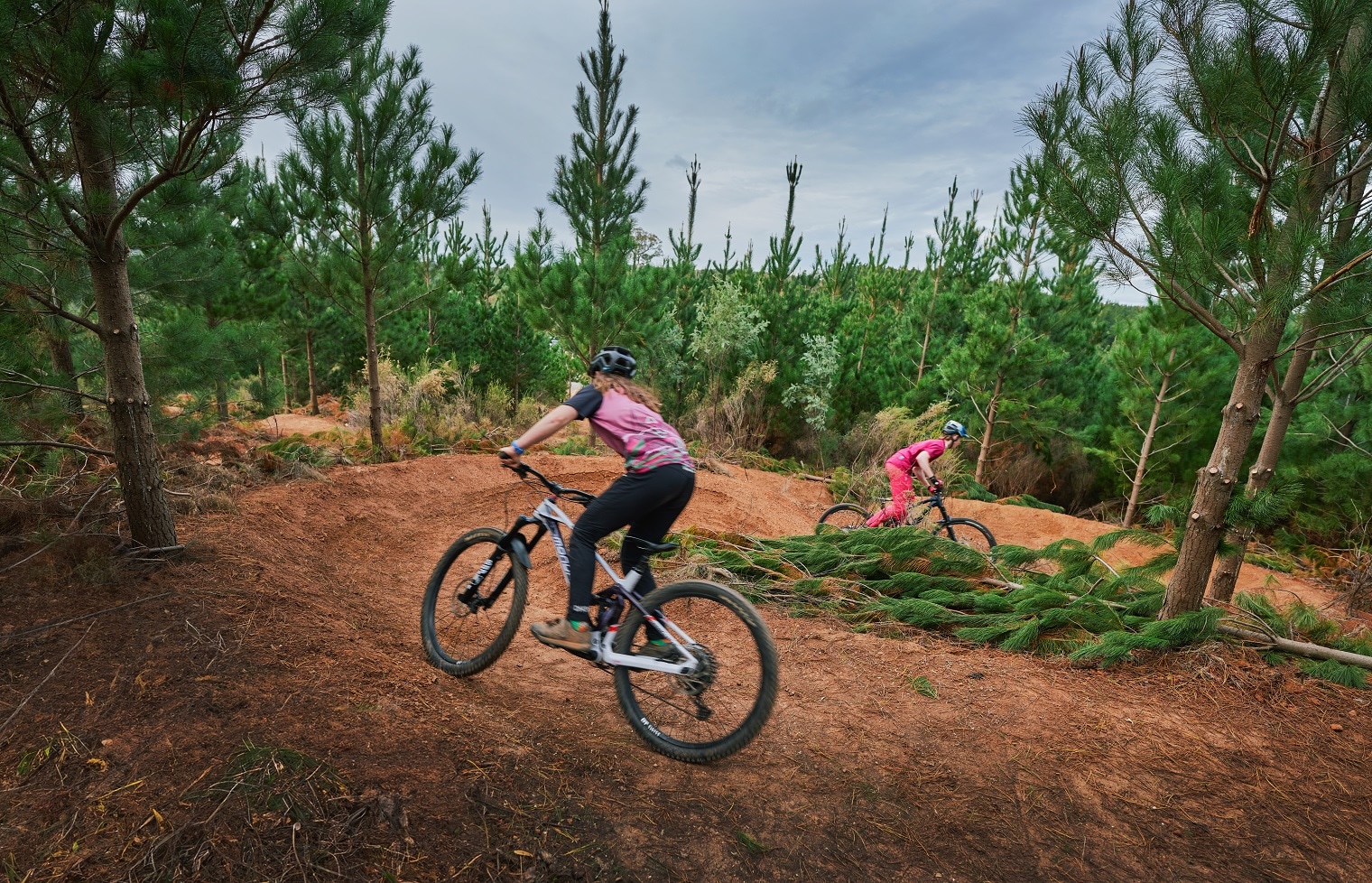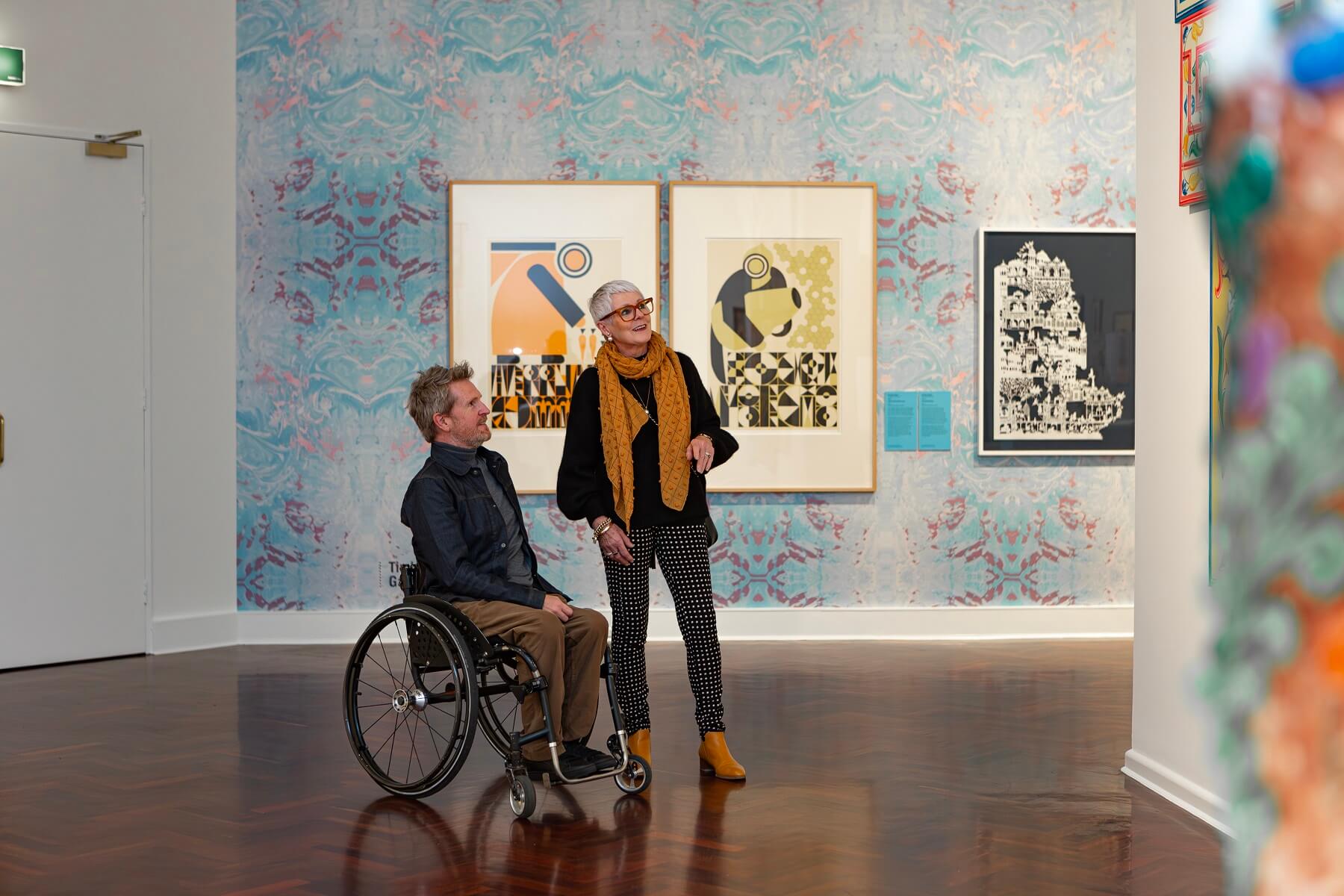
Embrace the chill at the Ballarat Winter Festival
Why you need to visit Victoria's ultimate ‘coolcation’ destination this July
Brilliantly event-full
Insider knowledge
No spam, just the good stuff!
Sign up to our newsletter and be kept in the loop with everything that’s happening in Ballarat.
Awe-inspiring itineraries
Get your market fix
Browse arts and crafts, vintage clothing and memorabilia, sample artisanal eats and farm-fresh produce or chat to local sellers and craftspeople.
Choose your own adventure
Things to do...
Explore the region
Ballarat
Our region offers a dynamic blend of culture, diversity and creative expression.
Well-known for our award-winning attractions, gold rush heritage and warm welcome, what makes us really special is our world-class art, noteworthy architecture, vibrant gastronomic offerings and lively event scene.
Family adventures

10 accessible ways to experience Ballarat
Join Ryan Smith from The Access Agency as he gets a taste of Ballarat's access-friendly cafes, restaurants, hotels and attractions.
Tell me moreBite-size Ballarat
No spam, just the good stuff!
Sign up to our newsletter and be kept in the loop with everything that’s happening in Ballarat.

Mmm... cookies.
We use cookies for analytics and tracking to enhance your experience on our site. By continuing to browse, you consent to our use of cookies. Learn more by reading our cookie policy.







































